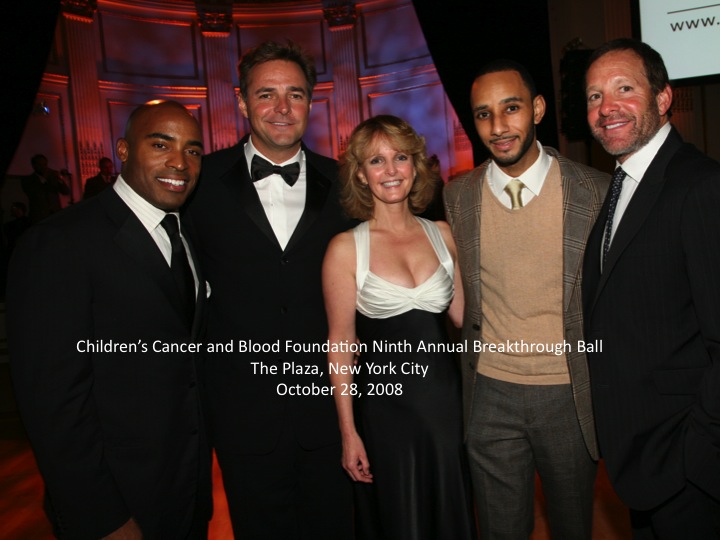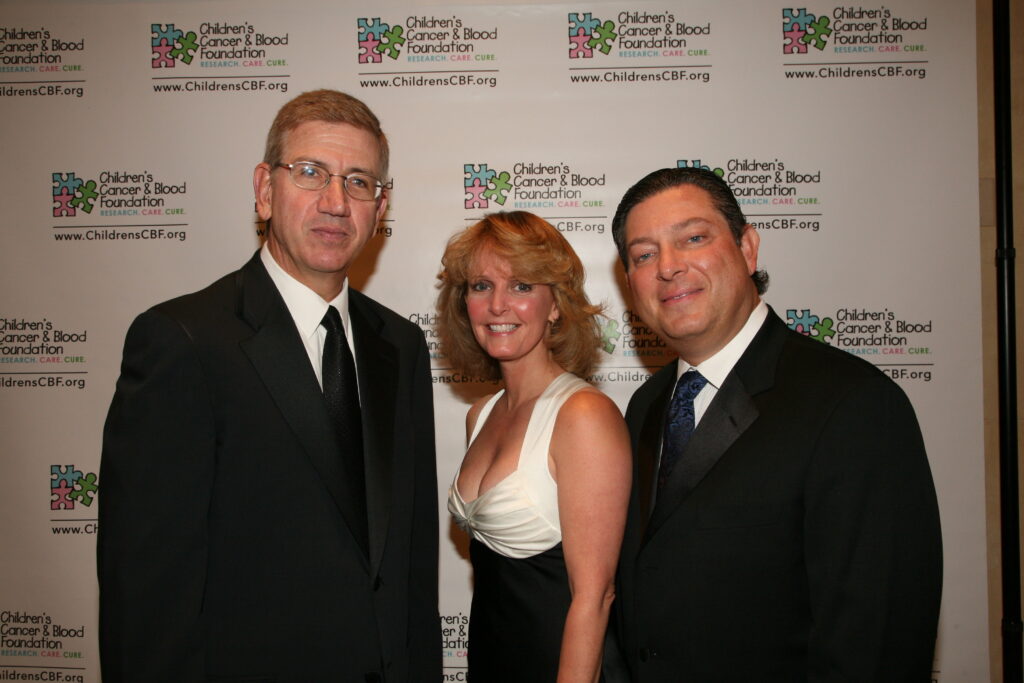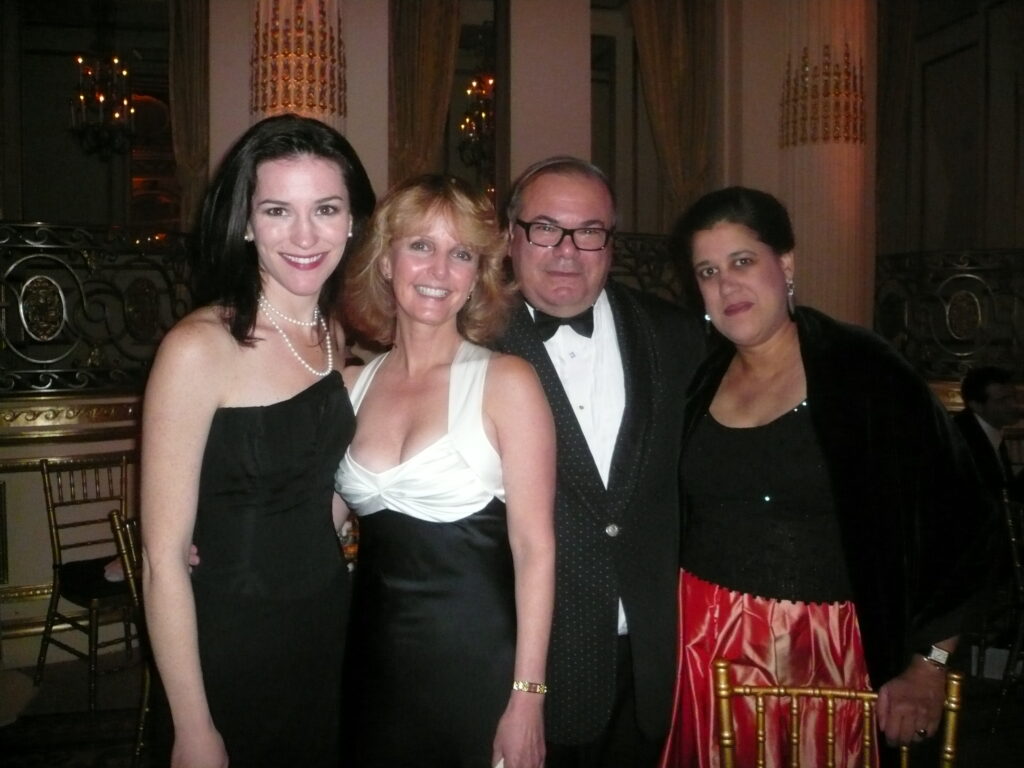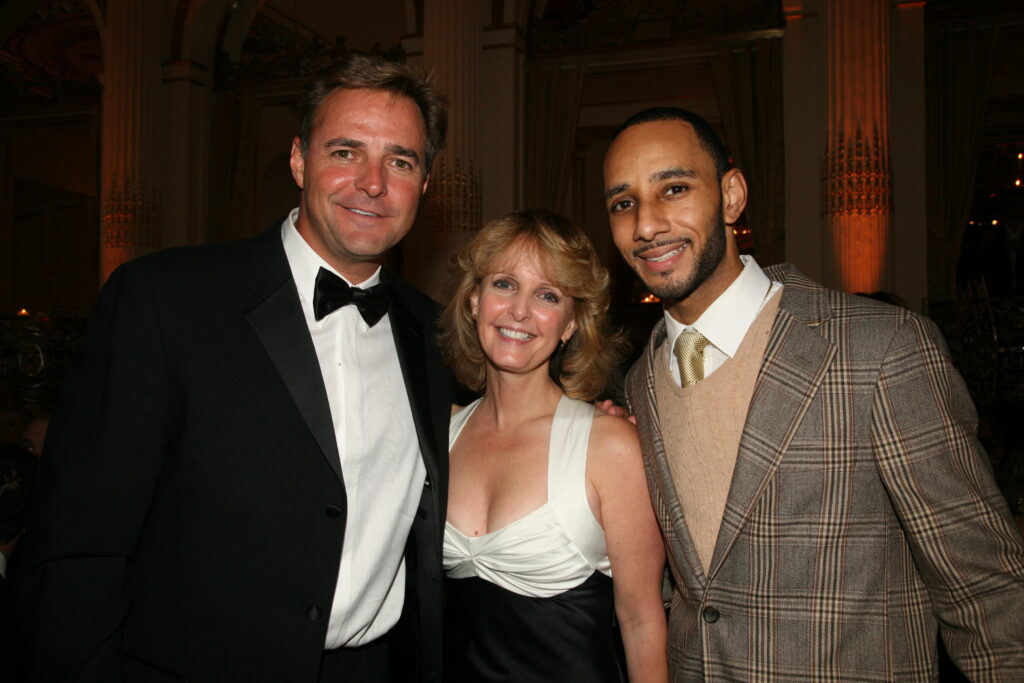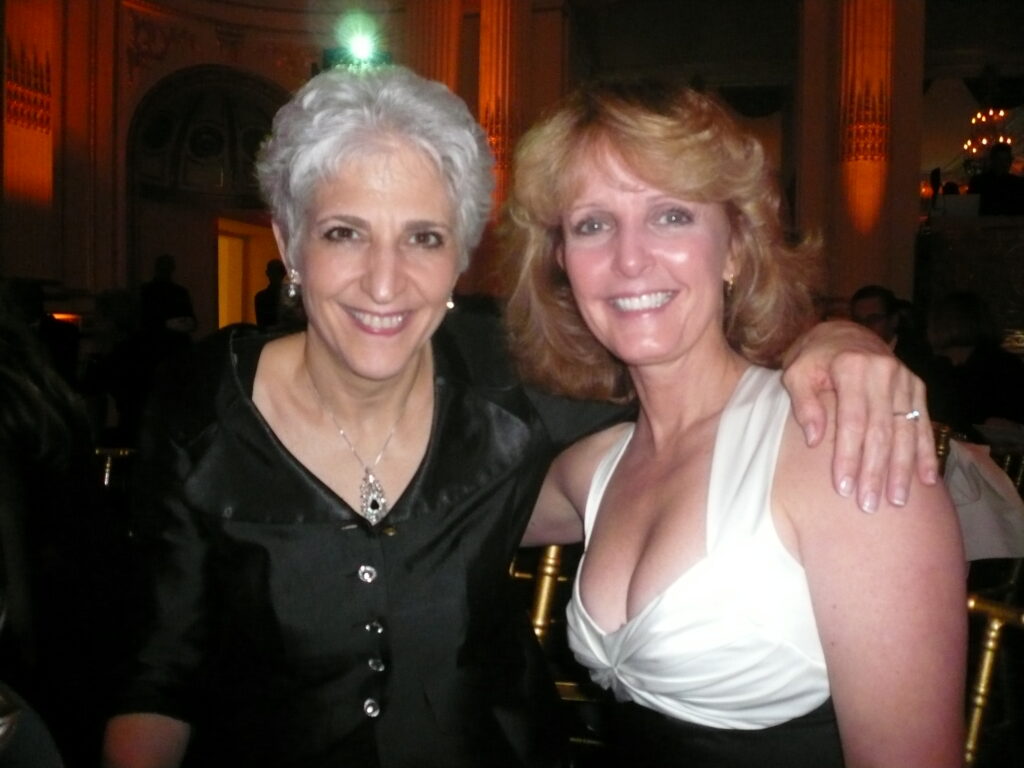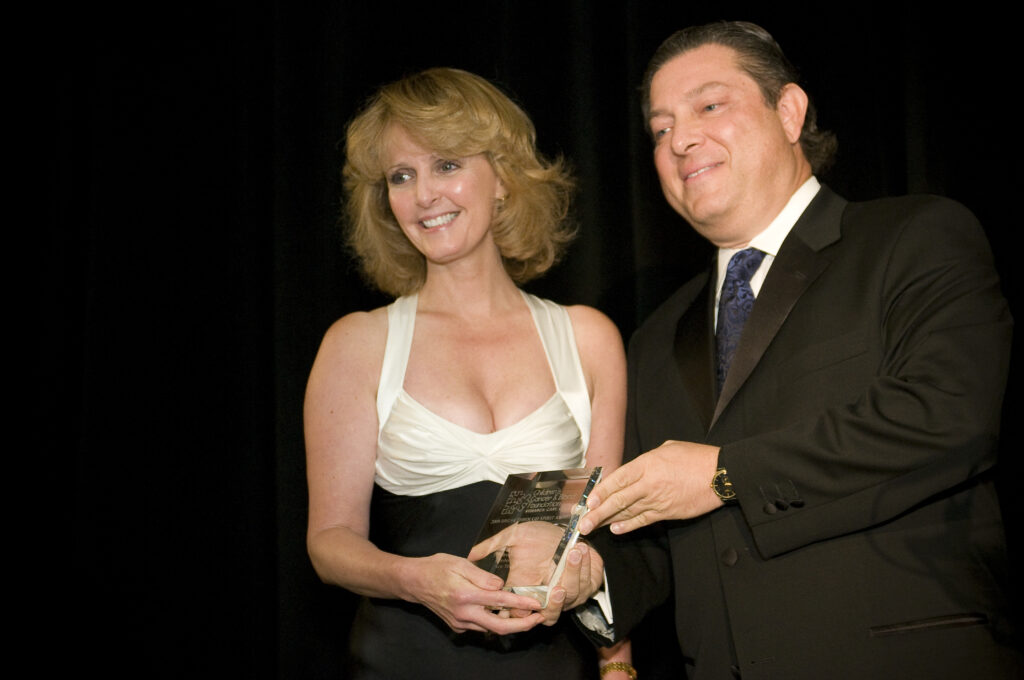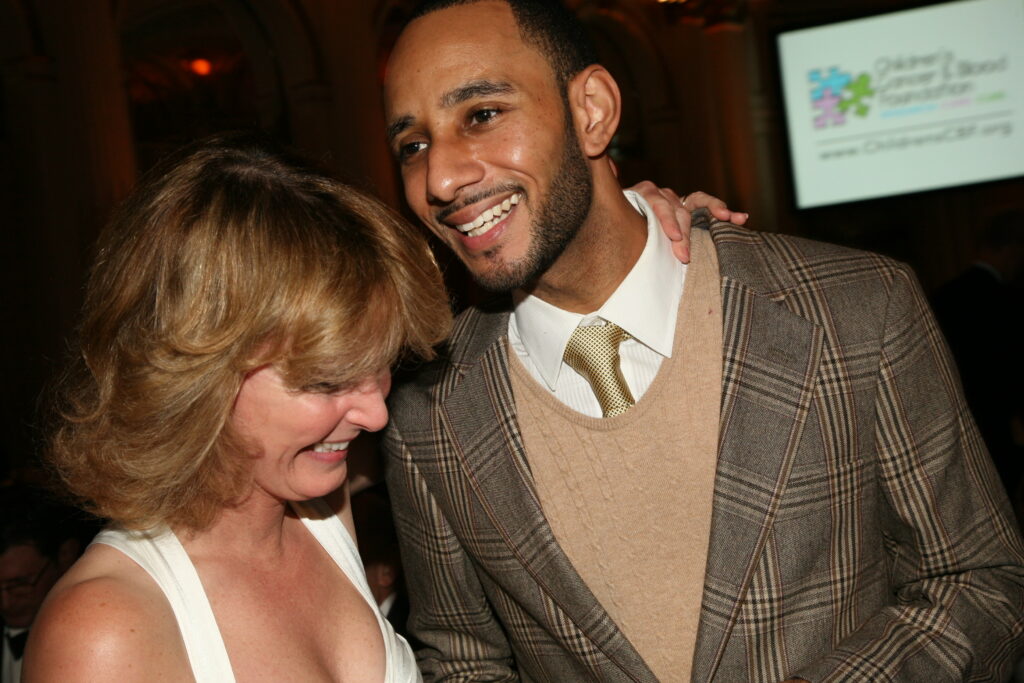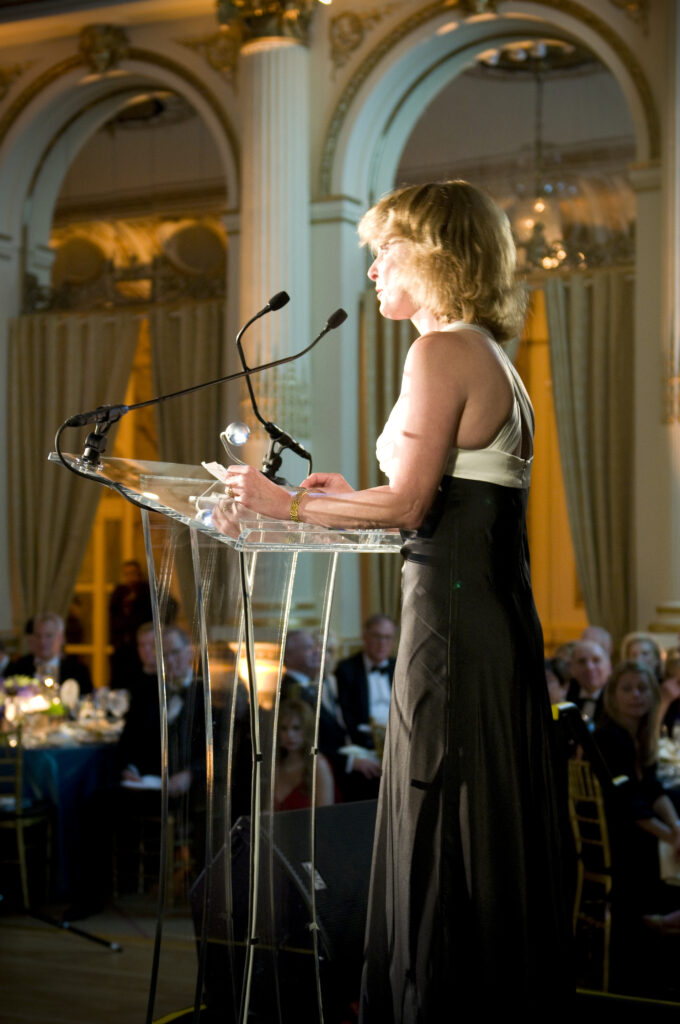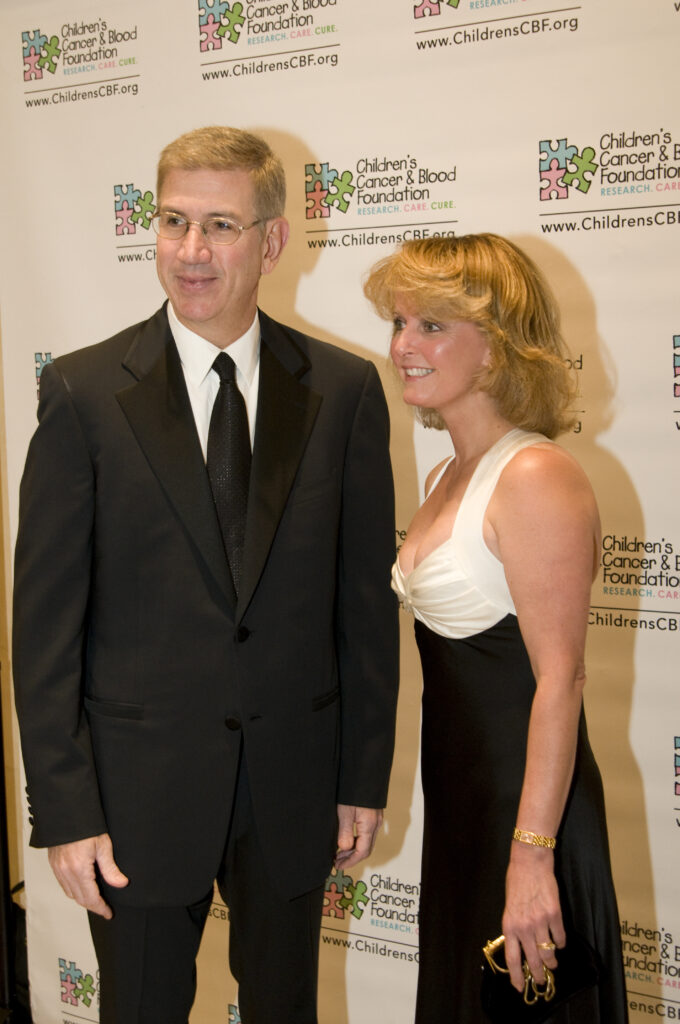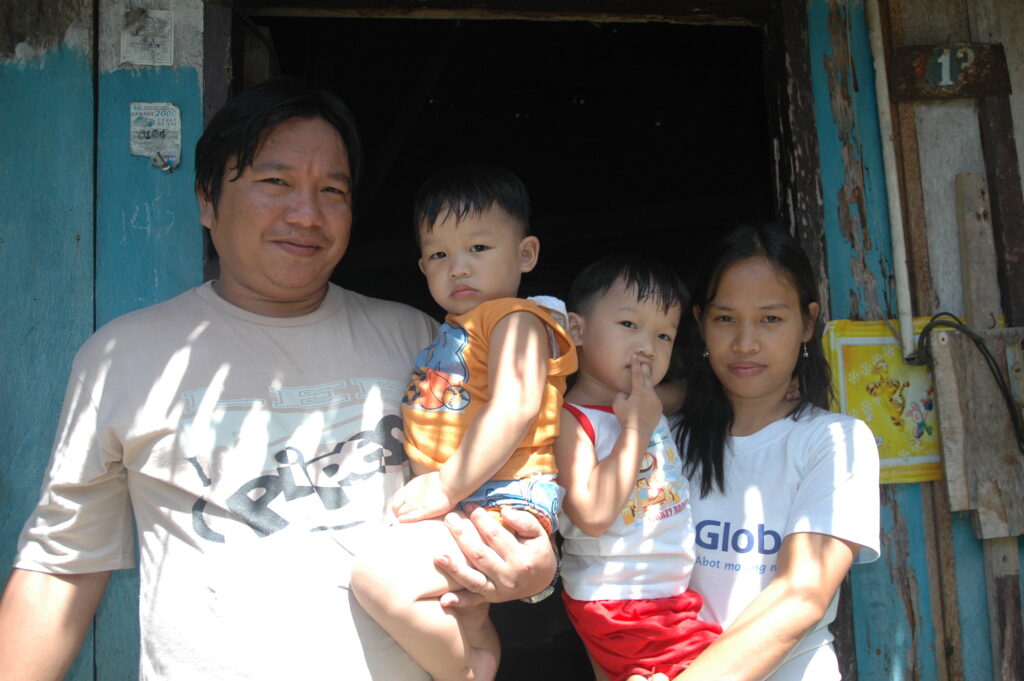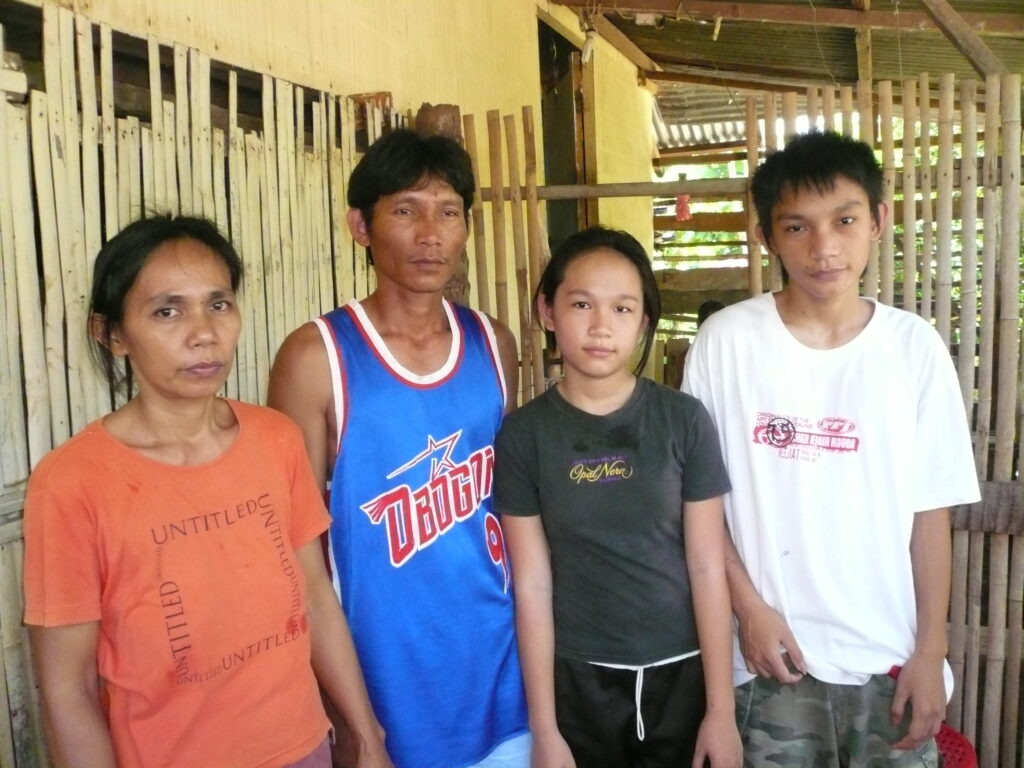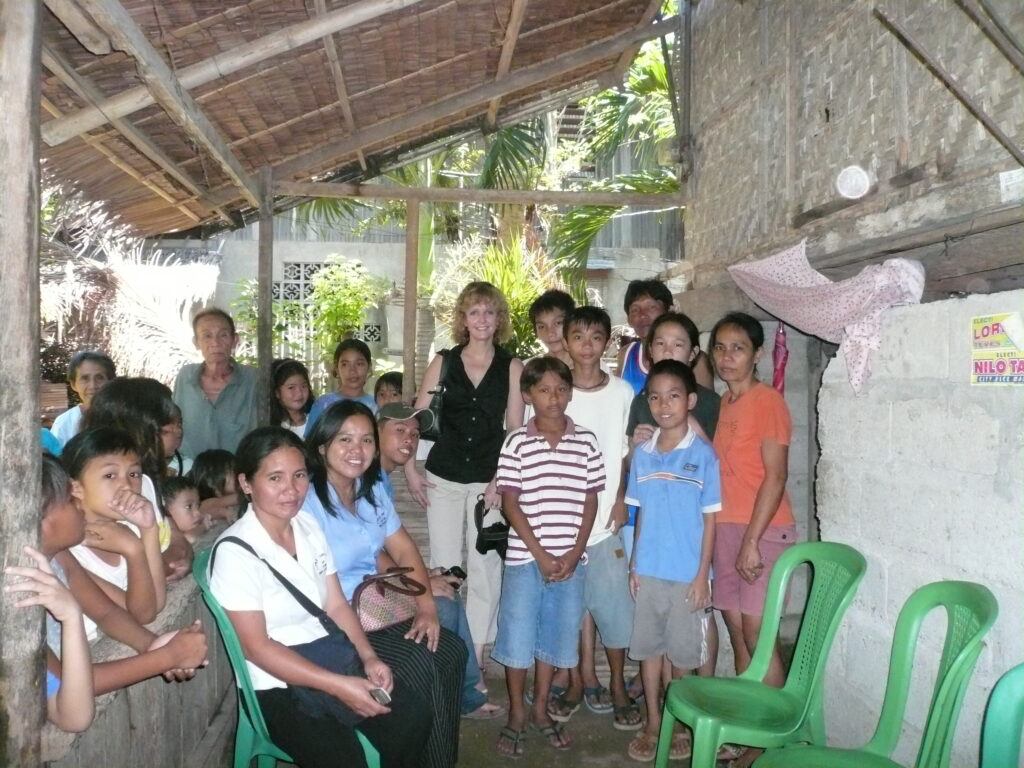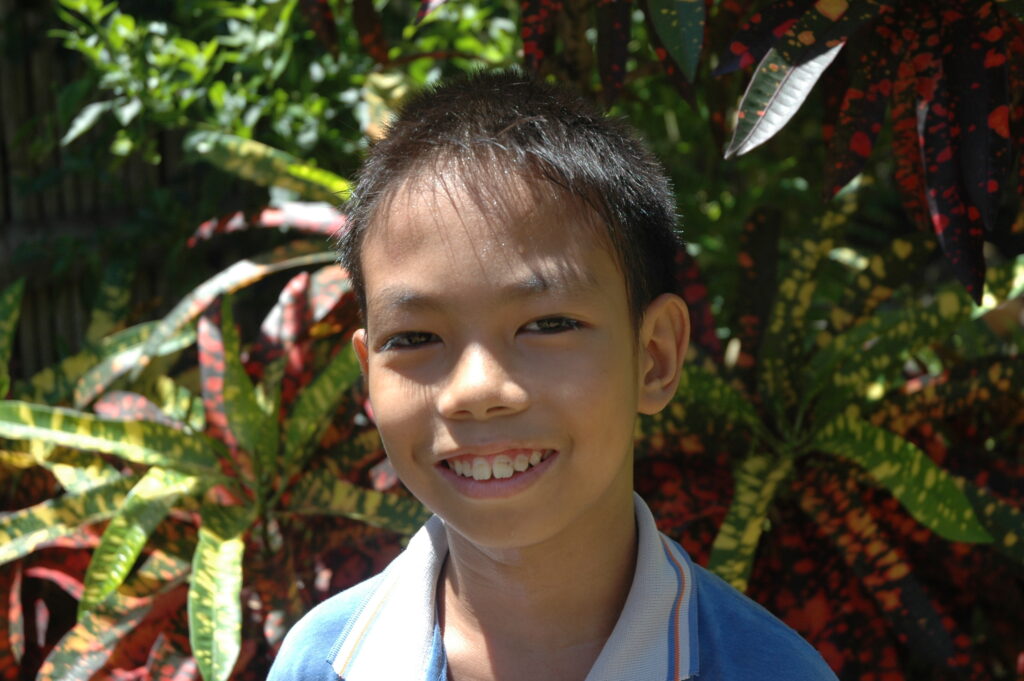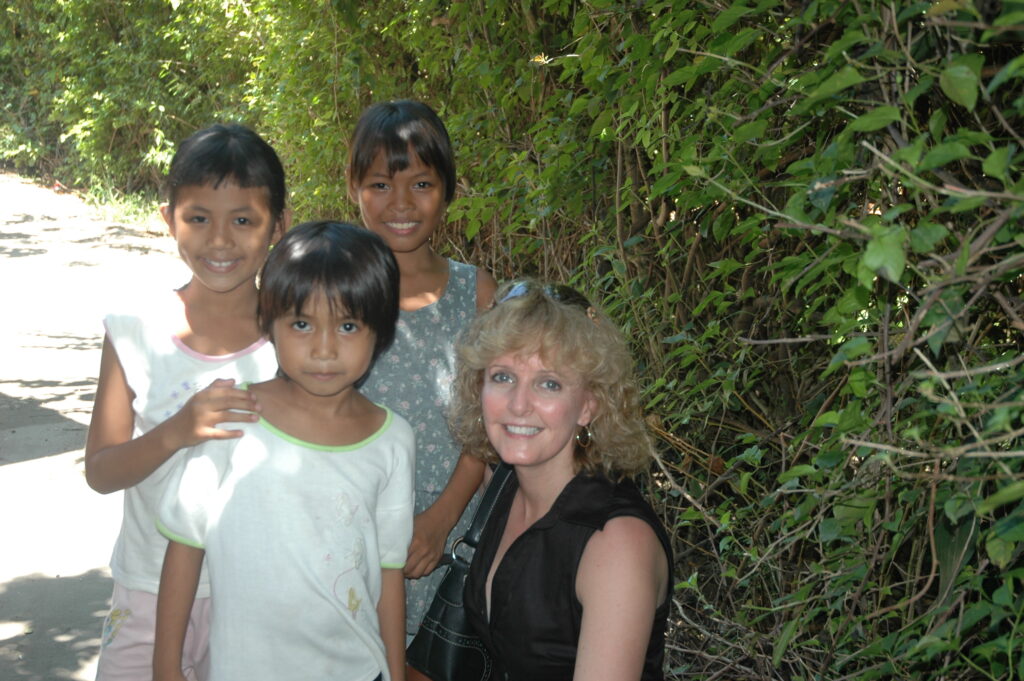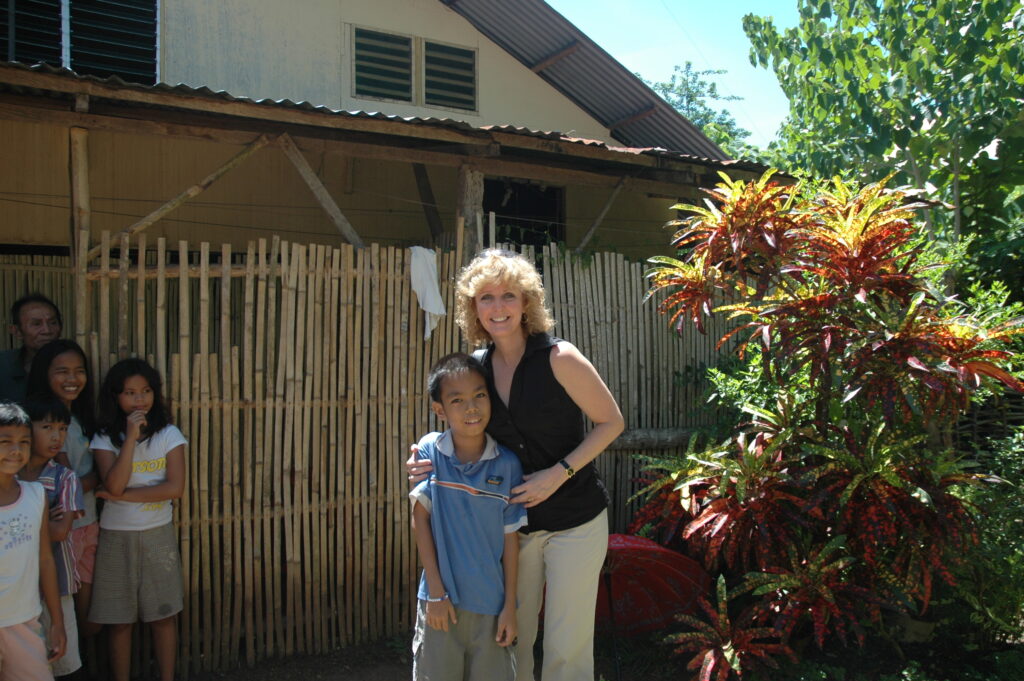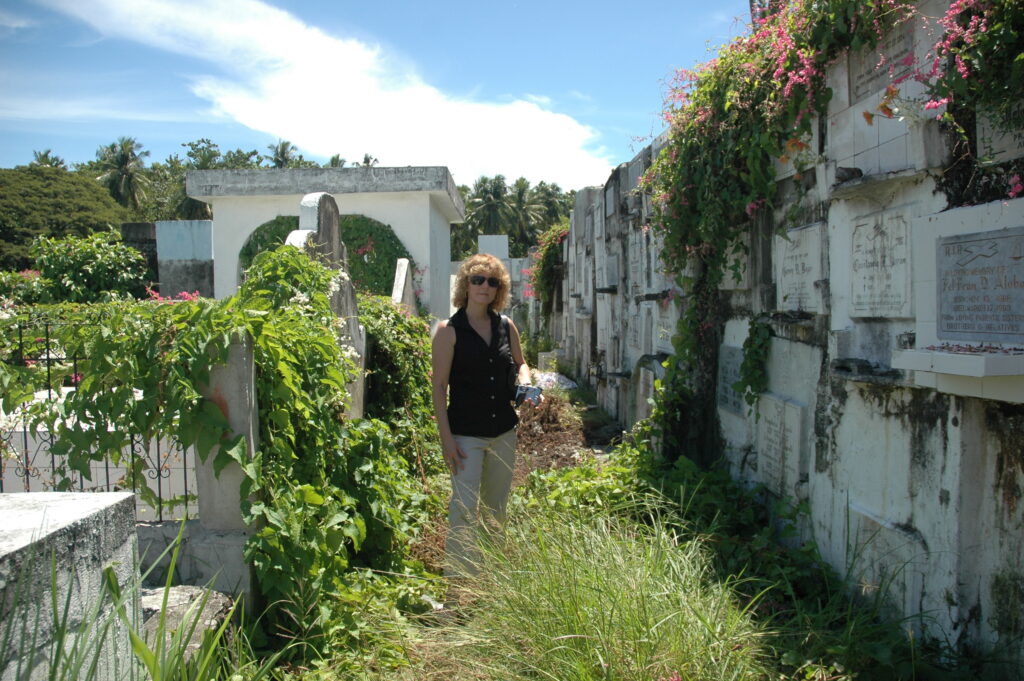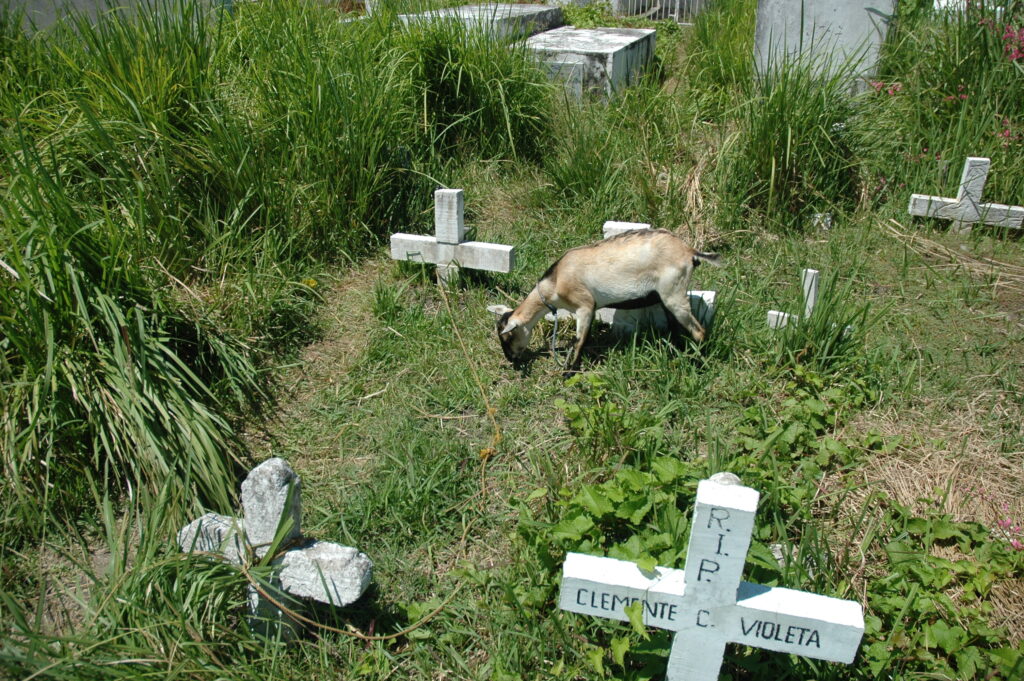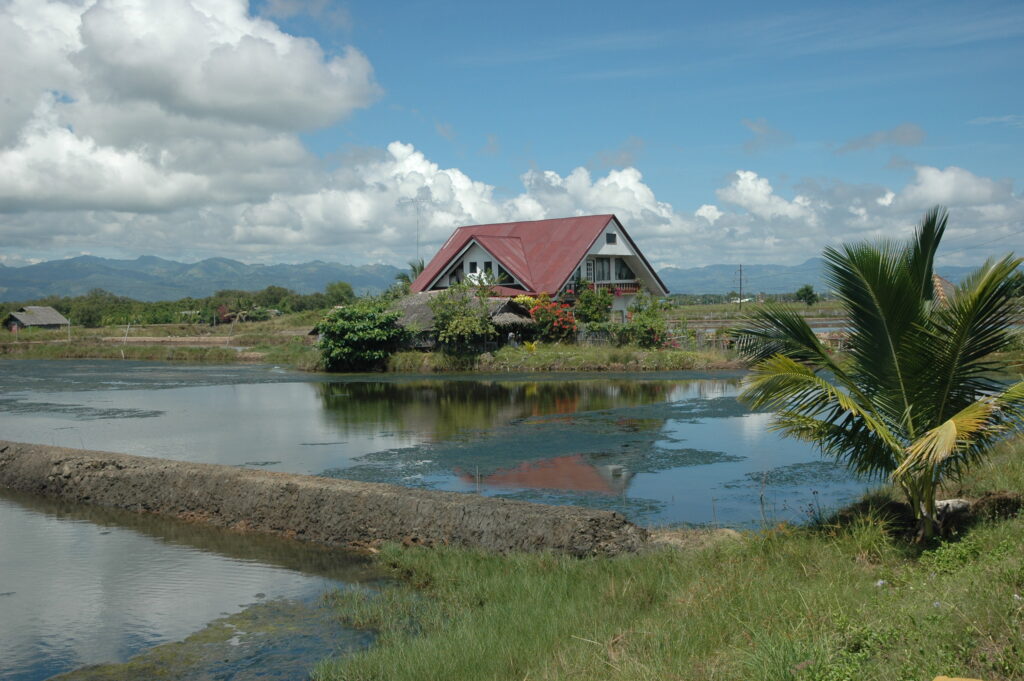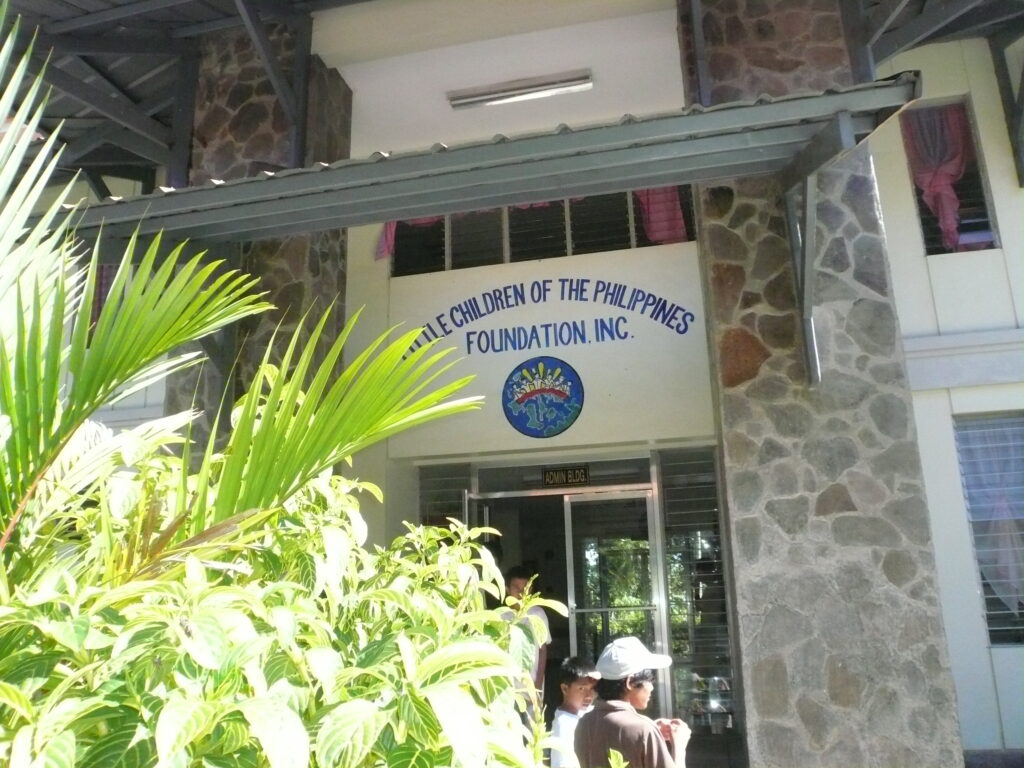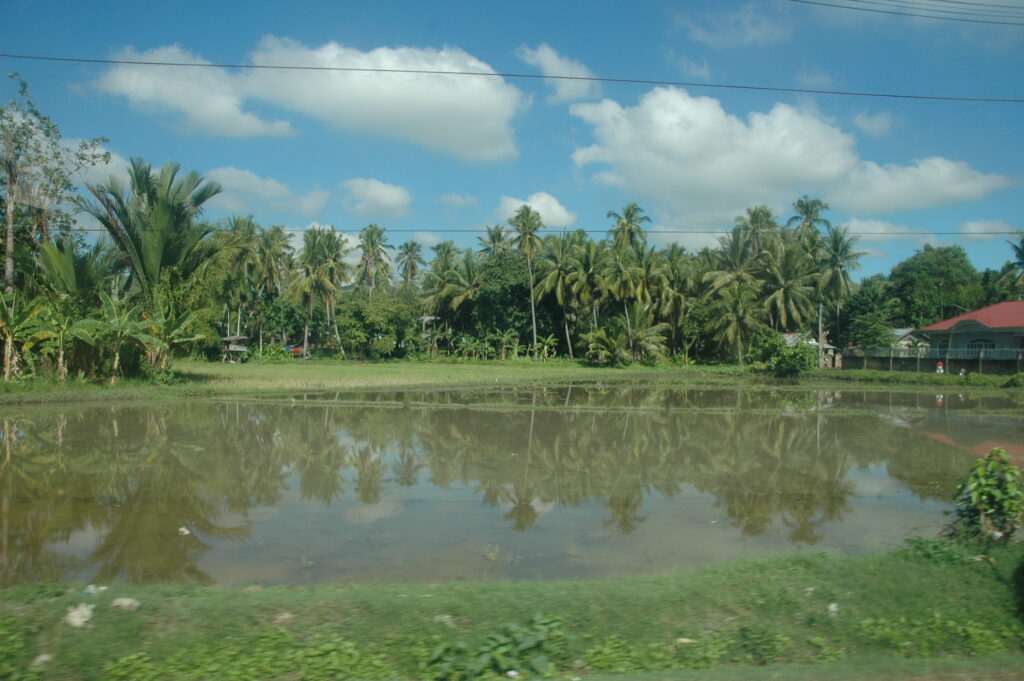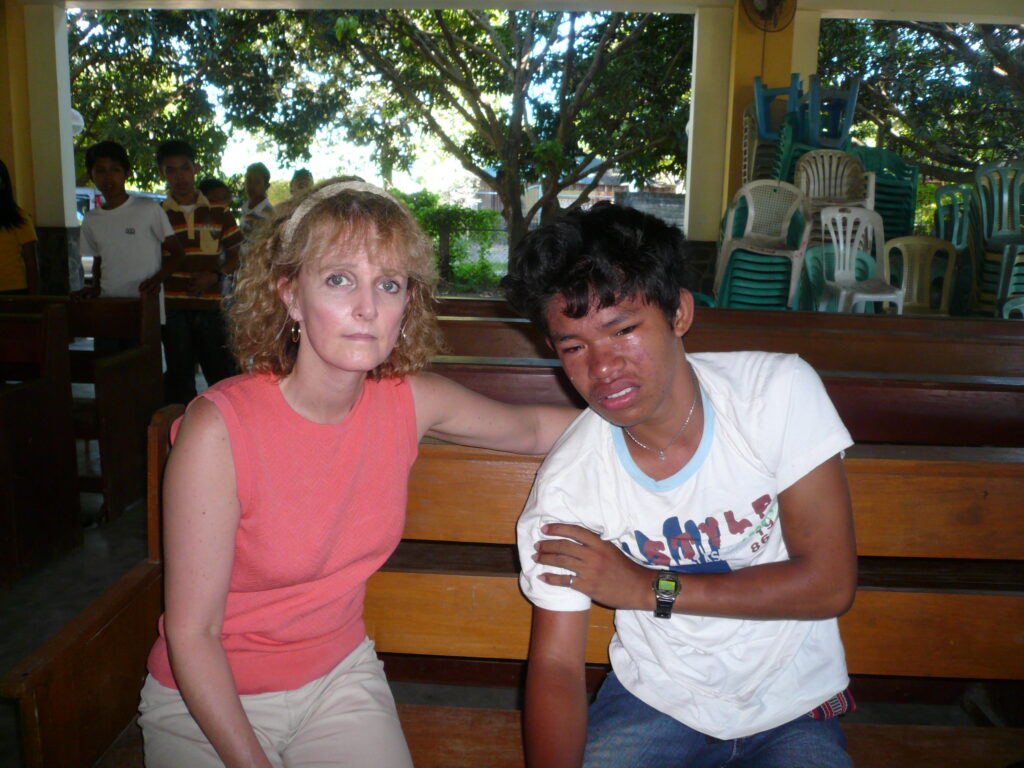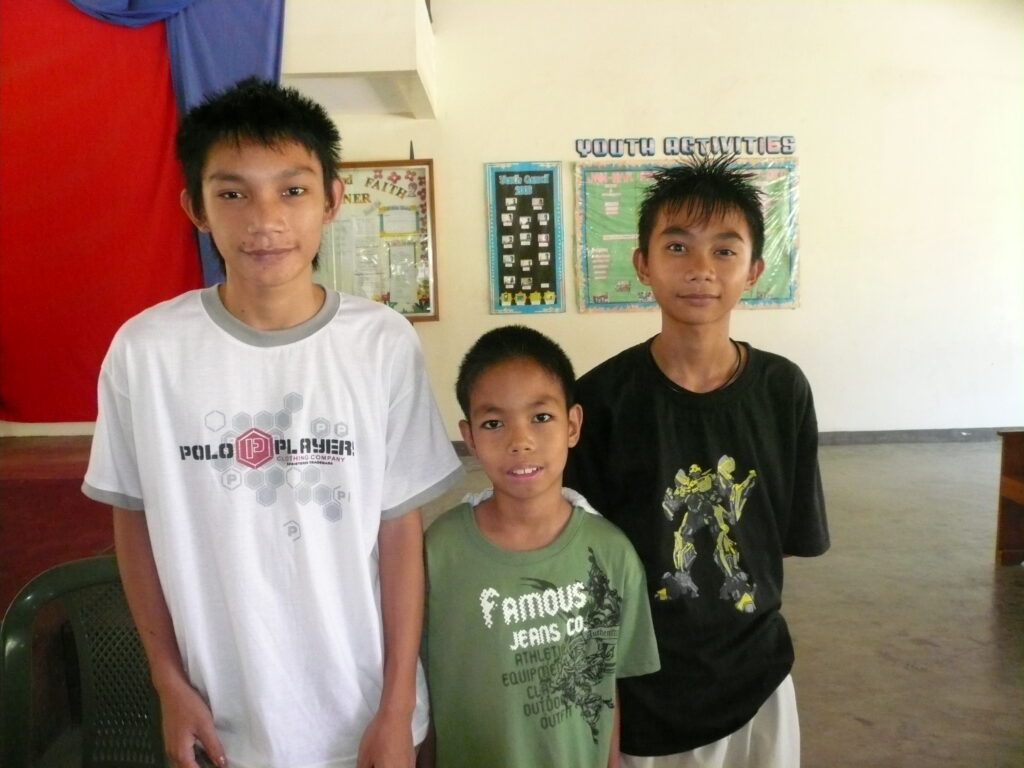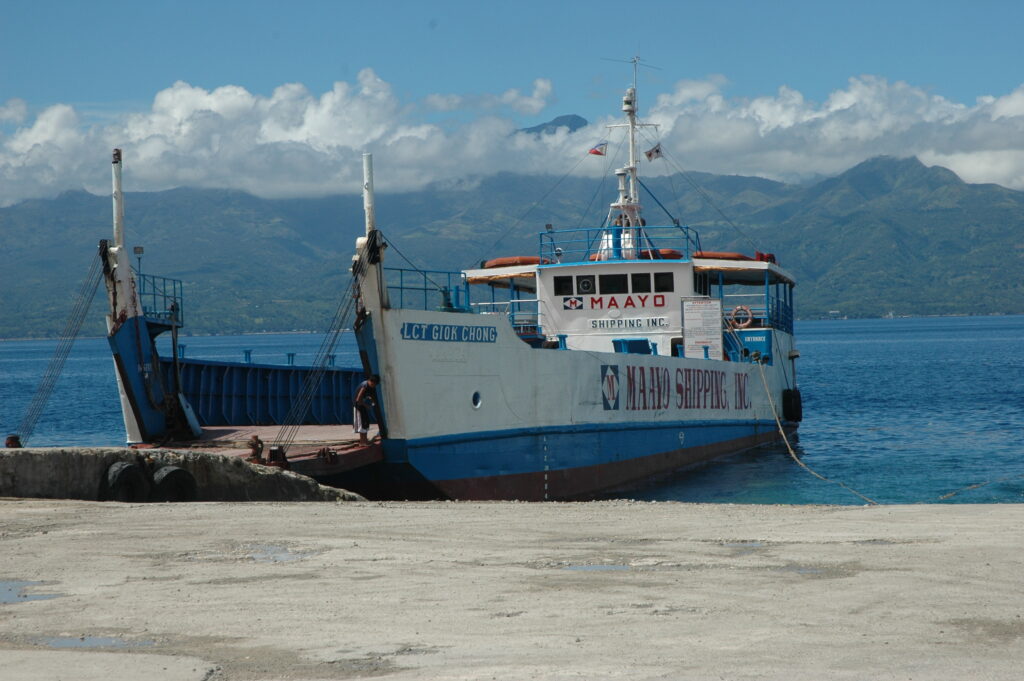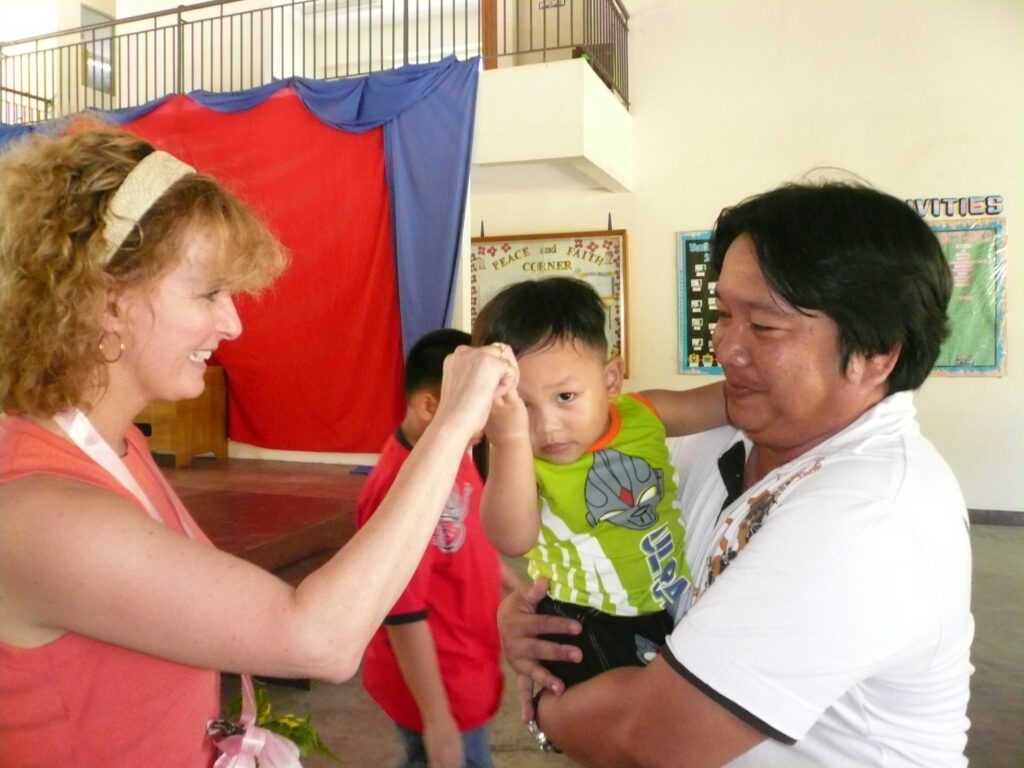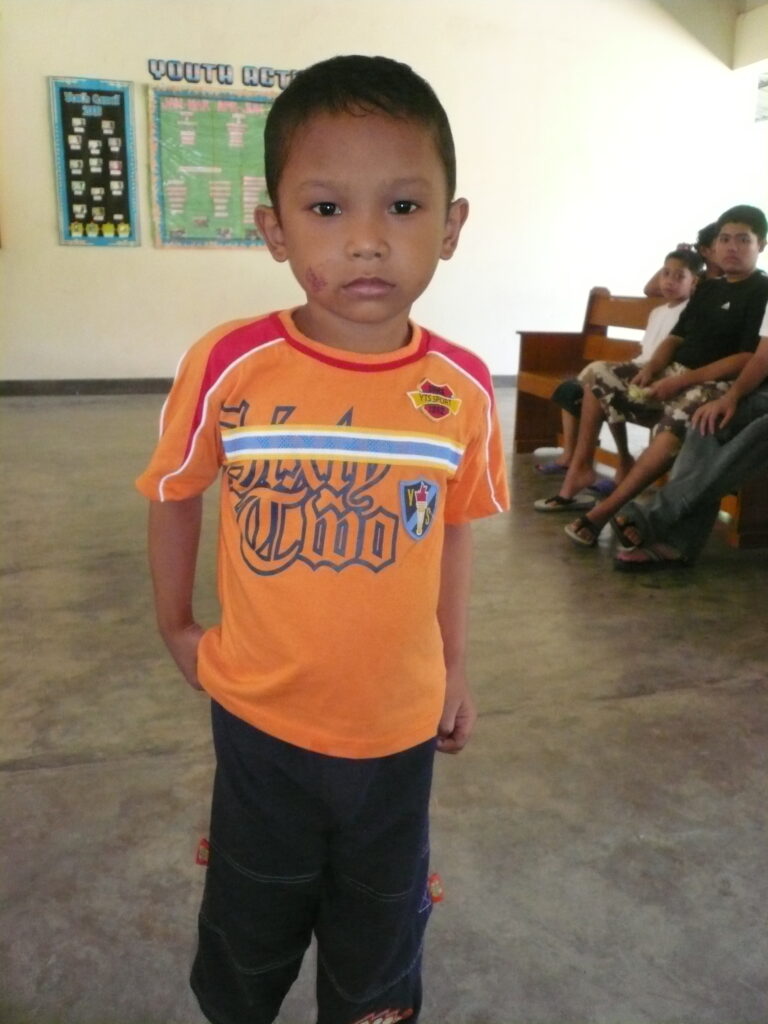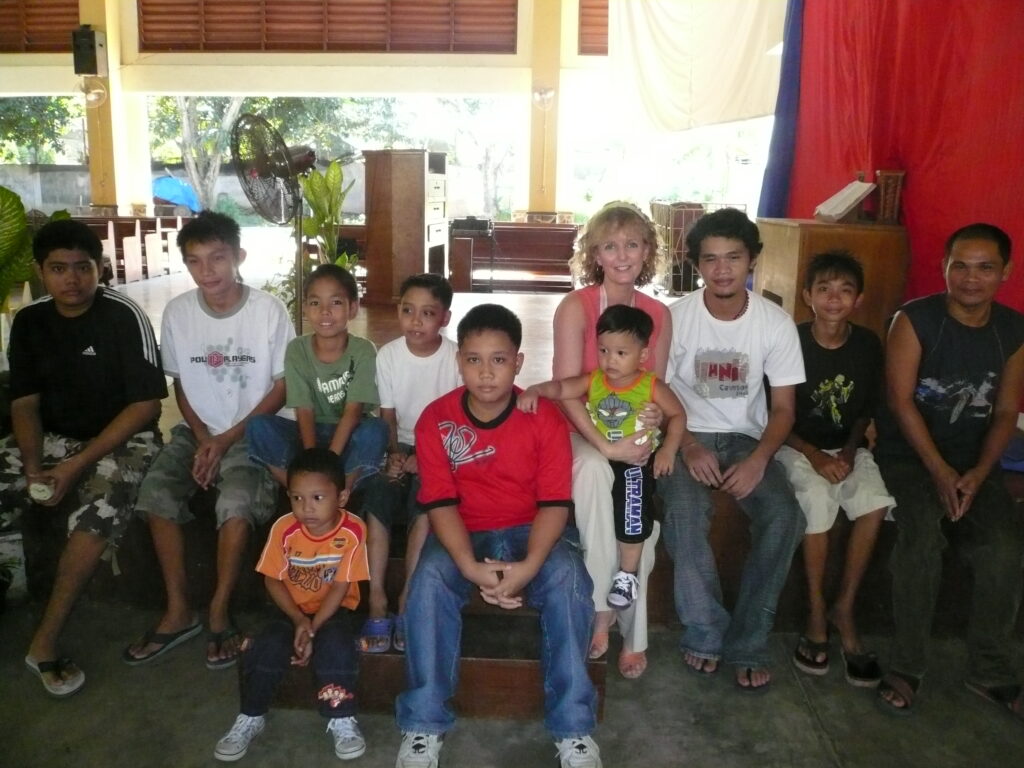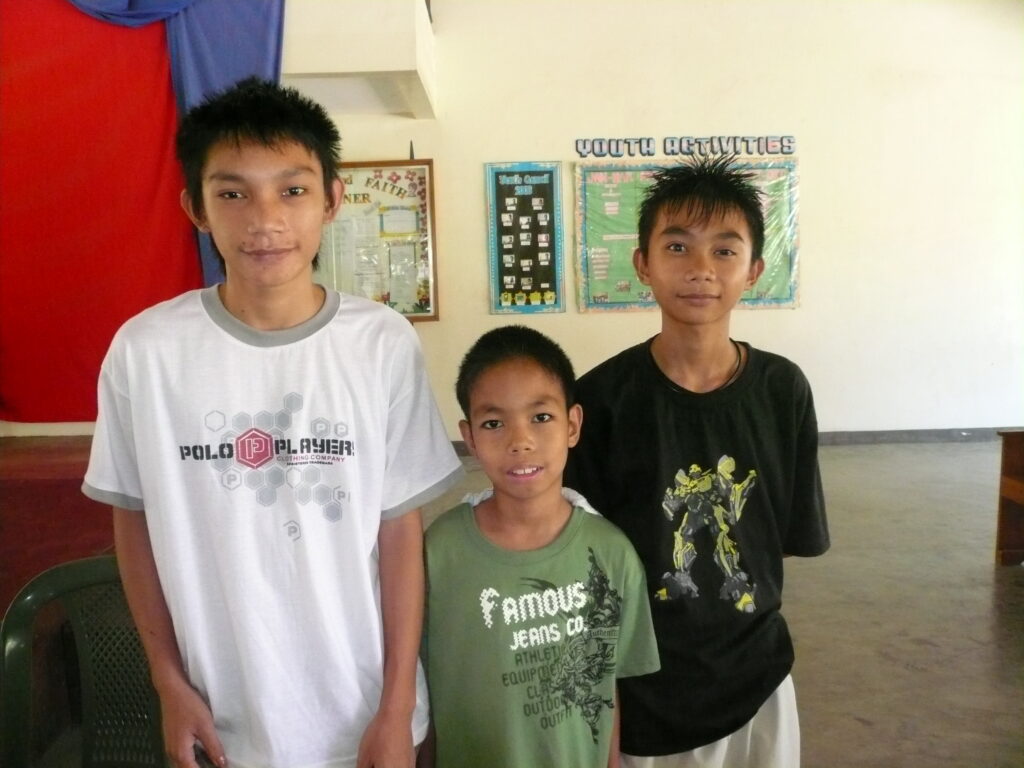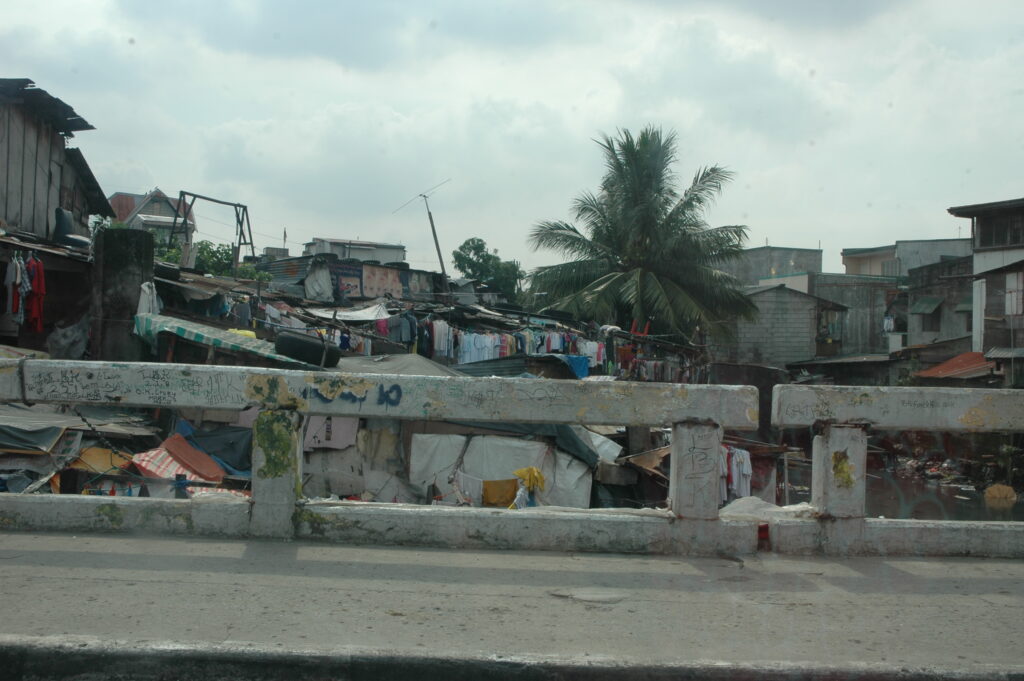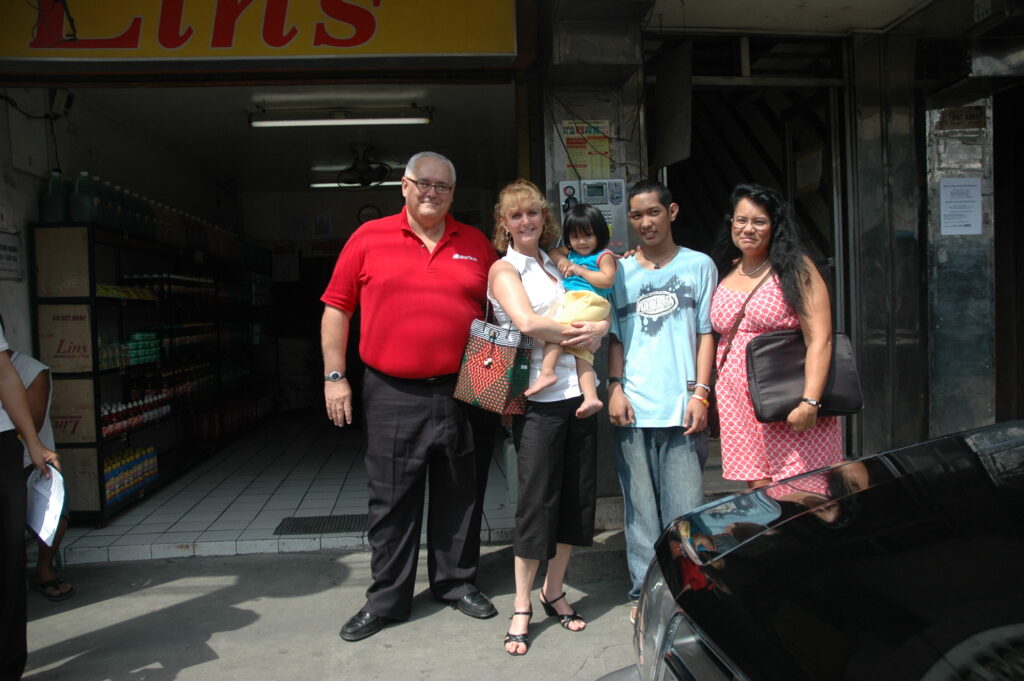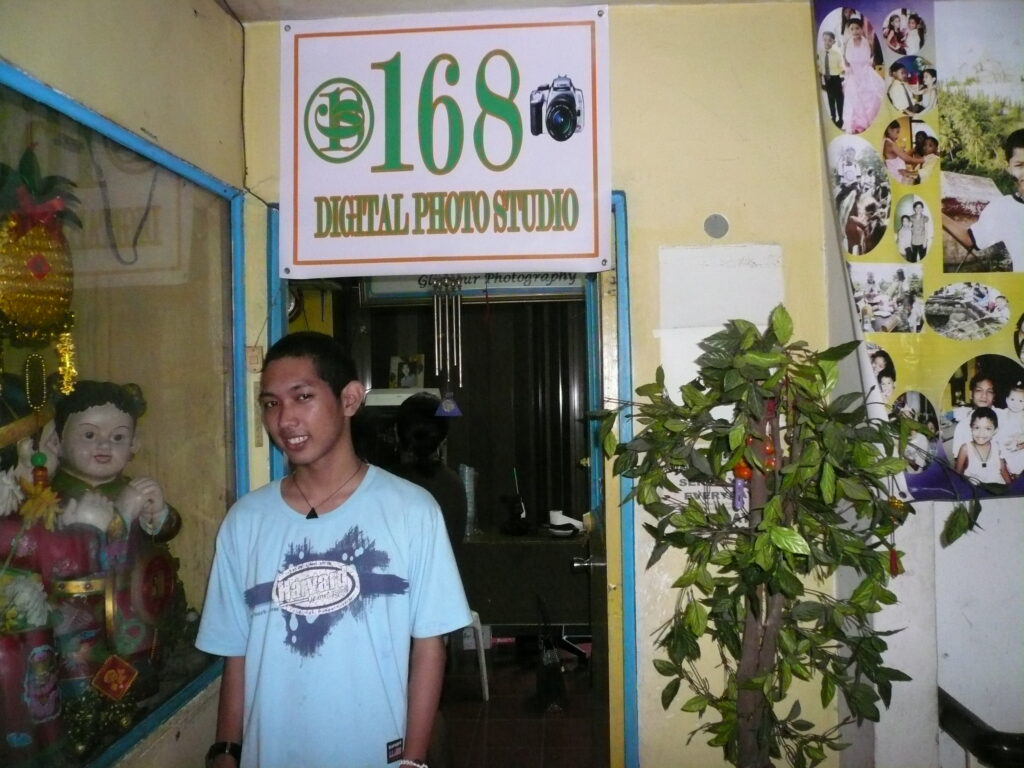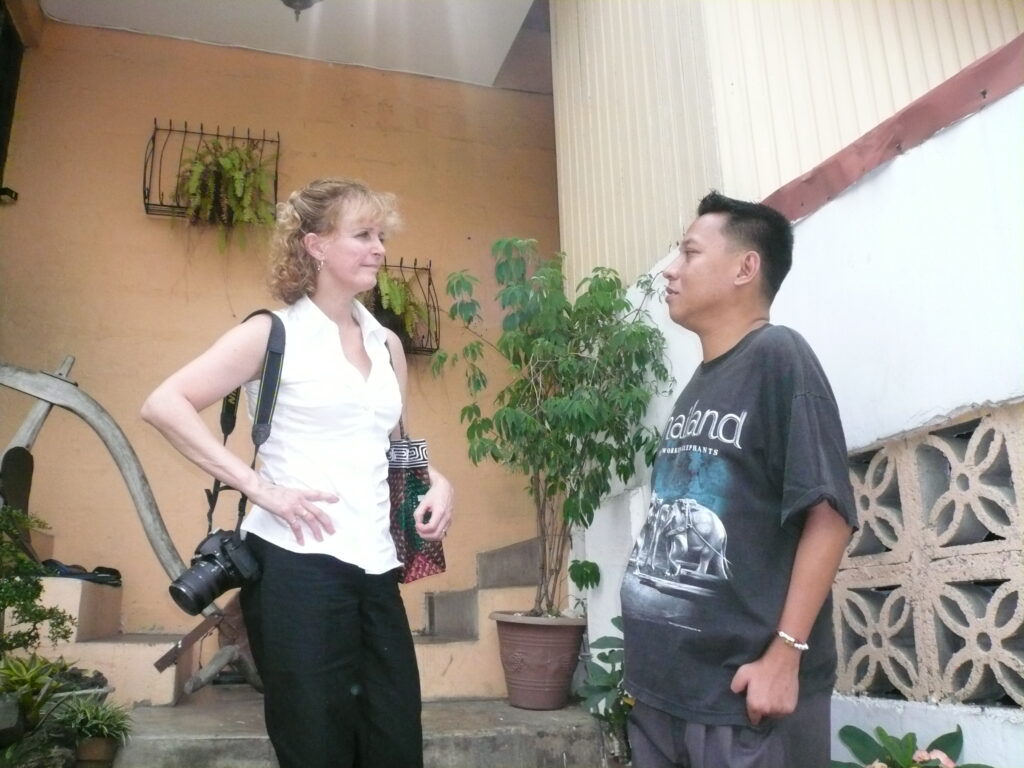Do They Know It’s Christmas?
With Christmas coming, we always play a long iPod list of holiday songs. Our tastes run from traditional ones, like Bing Crosby’s “White Christmas,” Perry Como’s “O Holy Night” and Johnny Mathis’ “Christmas Song,” to Queen’s “Thank God It’s Christmas,” Elvis’ “Why Can’t Every Day Be Like Christmas?”, Run DMC’s “Christmas in Hollis,” and Sting’s “Gabriel’s Message.” But our favorite is “Do They Know It’s Christmas?” by Band-Aid.
You might recall this was a song written and recorded in 1984 by several top English and Irish recording artists to help raise money for famine relief in Africa. “The record was released on November 29, and went straight to No. 1 in the UK singles chart, outselling all the other records in the chart put together. It became the fastest- selling single of all time in the UK, selling a million copies in the first week alone. It stayed at No. 1 for five weeks, selling over three million copies and becoming easily the biggest-selling single of all time in the UK,” notes Wikepedia. The video can be seen on YouTube.
It’s a timeless song, about the timeless plight many African countries face. I think of it now as we try to help our hemophilia brothers in Zimbabwe, a country collapsing under economic duress. This is a beautiful country, filled with civil and peace-loving people, where literacy rate is 95% and which once served as the breadbasket of Africa. I was there a year ago at this time, and my visit has haunted me ever since.
Now, in addition to the highest inflation rate in the world, and 80% unemployment, it suffers a devastating cholera outbreak. Cholera is a killer; it is transmitted through food and water, and can claim a victim within 24-48 hours through dehydration. If you’ve watched CNN, you will see how the disease has spread. Total U.S. humanitarian assistance to Zimbabwe’s food and health crisis is more than $226 million since October 2007, but the disease continues. The UN has reported a total of 13,960 cholera cases with 774 deaths since August 2008, affecting all provinces in the country. The actual death rate is said to be even higher than this reported number.
In the midst of all this, how is hemophilia care faring? There is little food in the country, minimal health care, and no treatment for hemophilia. I am proud to say that the US is the number one aid donor to Zimbabwe, and likewise, Project SHARE is the number one donor of factor to Zimbabweans with hemophilia. And I’ll be the first to say this still isn’t saying much. The needs are deep. We are now sponsoring individuals in Zimbabwe, supplying factor and struggling to help Elton, an 18-year-old with a grotesquely swollen knee from repeated untreated bleeds. He is in danger of losing his leg, and even life, if we do not get him medical aid.
In the midst of everything–famine, disease, unemployment, devalued currency, no gas, no foreign exchange, little medicine—the Zimbabwe Haemophilia Association perseveres. When you think about our current economic situation in the US, take a moment and think about theirs. And they do not complain, but shoulder their burdens with grace. How do you celebrate Christmas when there is so much loss, and hopelessness? They will still celebrate. The almost amazing news to me is that they will hold their Annual General Meeting, in Harare, despite the outbreak and lack of food. Nothing seems to stop them! While our national hemophilia meeting overflows with money and give-aways, nice hotel rooms and so much food we throw most of it away, their meeting will be held at a hospital, in a bare room, with no food, filled with hungry people. hungry for medicine, food and hope.
Do they know it’s Christmas? They do, in the purest sense. Do we know? Christmas is a time of charity. That’s what gift giving is about. Please think to help those in Zimbabwe with a simple gift: $10 is a fortune to them. Let’s make a donation to their meeting, to provide food, travel money and maybe even some Christmas gifts… go to www.SaveOneLife.net and make a one-time donation to Zimbabwe, to our brothers with hemophilia, to let them know it’s Christmas.
Do They Know It’s Christmas? Band-Aid 1984
It’s Christmastime
There’s no need to be afraid
At Christmastime, we let in light and we banish shade
And in our world of plenty we can spread a smile of joy
Throw your arms around the world at Christmastime
But say a prayer
Pray for the other ones
At Christmastime it’s hard, but when you’re having fun
There’s a world outside your window
And it’s a world of dread and fear
Where the only water flowing is the bitter sting of tears
And the Christmas bells that ring there are the clanging chimes of doom
Well tonight thank God it’s them instead of you
And there won’t be snow in Africa this Christmastime
The greatest gift they’ll get this year is life
(Oooh) Where nothing ever grows
No rain nor rivers flow
Do they know it’s Christmastime at all?
(Here’s to you) raise a glass for everyone
(Here’s to them) underneath that burning sun
Do they know it’s Christmastime at all?
Feed the world
Feed the world
Feed the world
Let them know it’s Christmastime again

